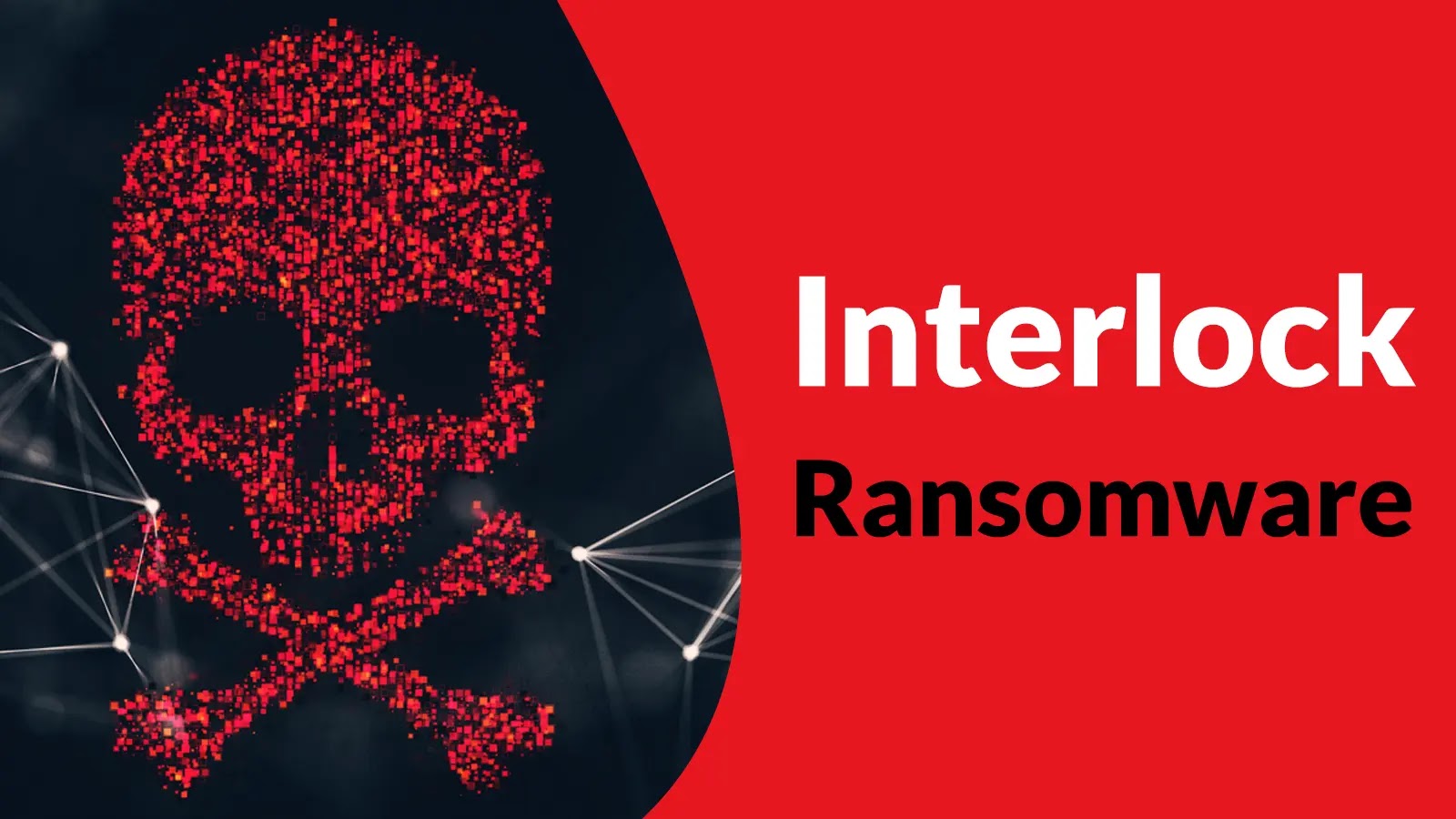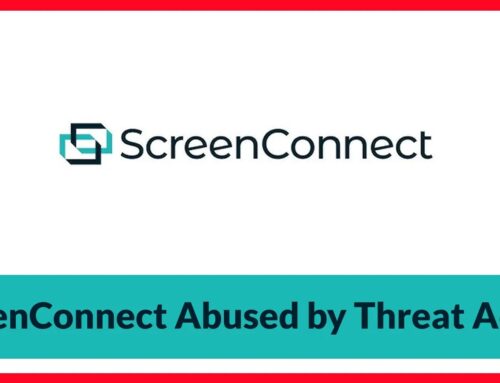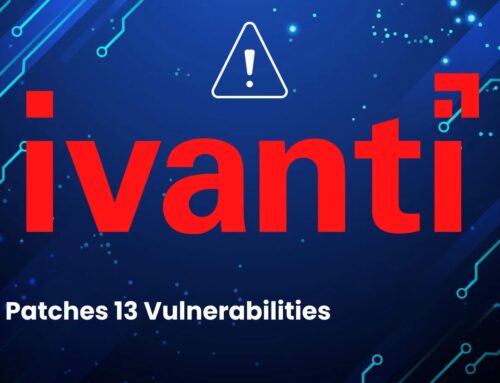
Interlock Ransomware Employs ClickFix Technique to Run Malicious Commands on Windows Machines
Interlock Ransomware Leverages ClickFix: A New Era of Social Engineering Threats
The cybersecurity landscape is in a perpetual state of flux, with threat actors consistently innovating their tactics. A particularly alarming development is the emergence of the Interlock ransomware variant, which employs a highly deceptive social engineering technique known as “ClickFix.” This novel approach represents a significant escalation in ransomware deployment, blending sophisticated social engineering with direct command execution on Windows machines.
The core innovation behind Interlock ransomware’s success lies in its ability to trick users into inadvertently granting permission for malicious commands to run. This technique sidesteps traditional security measures that rely on user awareness or explicit consent for executable files, making it a formidable new challenge for cybersecurity professionals.
Understanding the ClickFix Technique
The “ClickFix” technique is a clever social engineering ploy designed to manipulate user behavior. Instead of prompting users to download or execute an obvious malicious file, ClickFix leverages the inherent trust users place in operating system prompts, particularly those related to fixing perceived system issues. Here’s a breakdown of how it typically operates:
- Deceptive Prompts: Users are presented with pop-up messages or system notifications that mimic legitimate Windows error reports or system repair tools. These prompts often suggest a minor issue that requires a “quick fix.”
- Exploiting Trust: The prompts are designed to look authentic, often using Windows UI elements and language to appear credible. This lulls users into a false sense of security.
- Indirect Execution: Instead of directly executing a full-blown malware binary, Clicking “fix” or “resolve” within these fraudulent prompts triggers a pre-configured command-line instruction. This instruction is engineered to download and execute the Interlock ransomware payload in the background, often unnoticed by the victim.
- Bypassing Traditional Detections: Because the initial “action” is a seemingly benign system interaction, it can bypass some signature-based antivirus and endpoint detection and response (EDR) solutions that might flag direct executable downloads.
Interlock Ransomware’s Modus Operandi
Once the ClickFix technique successfully executes the initial command, Interlock ransomware proceeds with its malicious activities. While specific details on the encryption algorithms and ransom demands may vary, typical ransomware operations involve:
- System Discovery: The ransomware scans the infected system for valuable data, including documents, databases, backups, and network shares.
- File Encryption: Using strong encryption algorithms, Interlock encrypts files, rendering them inaccessible to the victim. This often involves appending a unique extension to the encrypted files.
- Ransom Note Delivery: A ransom note is typically dropped on the victim’s desktop or within affected directories, providing instructions on how to pay the ransom (usually in cryptocurrency) to receive a decryption key.
- Persistence Mechanisms: Interlock may attempt to establish persistence on the system to ensure it runs even after reboots, complicating removal efforts.
- Data Exfiltration (Possible): Increasingly, ransomware groups engage in double extortion, exfiltrating sensitive data before encryption to add pressure on victims to pay.
Remediation Actions and Prevention Strategies
Mitigating the threat posed by Interlock ransomware and its ClickFix technique requires a multi-layered approach focusing on technical controls, user education, and rapid response capabilities. There is no specific CVE associated with the ClickFix technique itself, as it’s a social engineering method rather than a software vulnerability. However, its success often relies on the ability to execute commands, which can be limited by proper system configuration.
Immediate Remediation Steps (If Suspected Infection)
- Isolate Infected Systems: Disconnect any suspected infected machines from the network immediately to prevent further lateral movement and encryption of shared resources.
- Containment and Eradication: Use updated antivirus and EDR solutions to scan and remove the ransomware. Specialized tools focusing on ransomware detection are crucial.
- Incident Response Plan Activation: Follow your organization’s established incident response plan. This includes evidence collection, forensic analysis, and communication protocols.
- Backup Restoration: If clean, recent backups are available, restore critical data to a new, secure environment. Never pay the ransom if you have viable backups.
- Vulnerability Patching: Ensure all operating systems, applications, and network devices are fully patched to close any potential exploitable vulnerabilities that ransomware might leverage for privilege escalation or lateral movement.
Proactive Prevention Strategies
- Enhanced User Awareness Training: Conduct regular, realistic training on social engineering tactics, including sophisticated phishing attempts and deceptive system prompts. Emphasize the importance of scrutinizing unexpected pop-ups and not blindly clicking “fix” or “ok.”
- Principle of Least Privilege: Implement strict least privilege principles for all users and applications. Restrict unnecessary administrative rights.
- Strong Endpoint Protection: Deploy robust endpoint detection and response (EDR) solutions with behavioral analysis capabilities to detect unusual process execution and file manipulation.
- Application Whitelisting: Consider implementing application whitelisting to prevent unauthorized executables from running on endpoints. This significantly limits the impact of techniques like ClickFix.
- Regular Data Backups and Recovery Plans: Maintain offsite, segregated, and immutable backups. Test your recovery plan regularly to ensure data can be restored efficiently.
- Network Segmentation: Implement network segmentation to limit lateral movement within the network if an initial breach occurs.
- Email and Web Filtering: Deploy advanced email and web filtering solutions to block malicious links and attachments, reducing the primary vectors for initial compromise.
- PowerShell/Scripting Controls: Implement logging and constrained language mode for PowerShell and other scripting environments to monitor and restrict malicious script execution. Policies like those found in PowerShell Execution Policies can be helpful.
- Security Patches and Updates: Maintain a rigorous patching schedule for all operating systems, software, and firmware.
Relevant Security Tools
| Tool Name | Purpose | Link |
|---|---|---|
| Endpoint Detection and Response (EDR) Solutions | Advanced threat detection, incident response, and behavioral analysis on endpoints. | (Vendor-specific) |
| Security Information and Event Management (SIEM) | Centralized logging and analysis of security events for threat detection and compliance. | (Vendor-specific) |
| Next-Generation Antivirus (NGAV) | Signature-less detection, machine learning, and behavioral analysis to prevent malware. | (Vendor-specific) |
| Backup and Recovery Solutions | Secure and immutable data backup for disaster recovery. | (Vendor-specific) |
| Security Awareness Training Platforms | Educate employees on cybersecurity best practices and social engineering. | (Vendor-specific) |
| PowerShell Logging & Auditing Tools | Monitor and log PowerShell activity for suspicious commands and scripts. | Microsoft Documentation |
Conclusion
The Interlock ransomware, with its innovative ClickFix technique, underscores a critical shift in the operational tactics of cybercriminals. By exploiting human psychology and mimicking legitimate system interactions, it bypasses traditional defenses reliant solely on signature-based detection. Organizations must prioritize robust user education programs, alongside advanced technical controls like EDR, application whitelisting, and strict least privilege policies.
The evolving threat landscape demands constant vigilance and a proactive defense posture. Understanding the mechanisms behind emerging threats like Interlock ransomware’s ClickFix is paramount for protecting sensitive data and maintaining operational continuity in an increasingly complex digital world.





